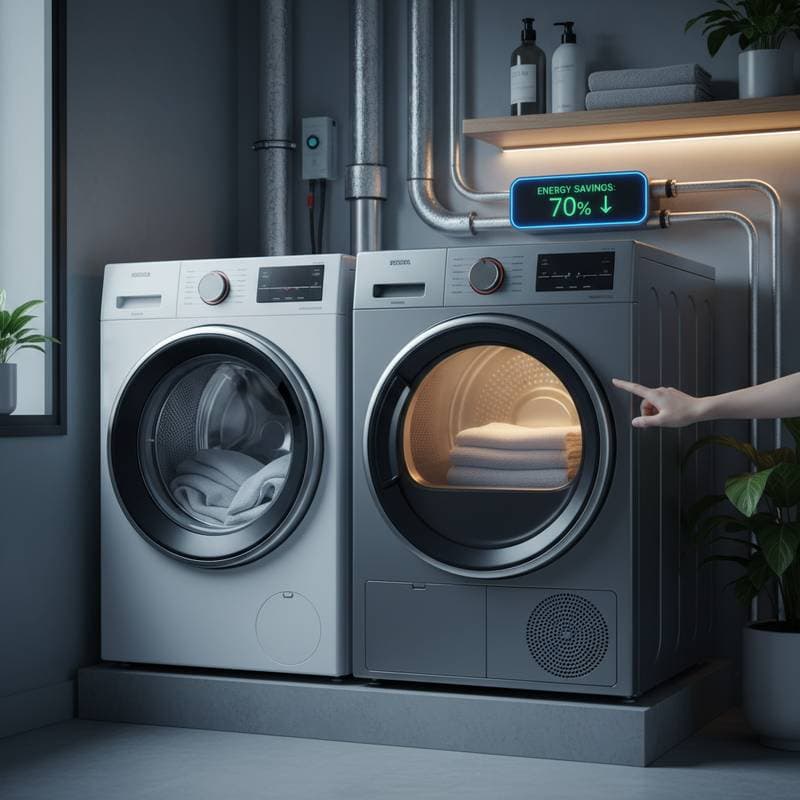Key Benefits of Thermal Window Film
Thermal window film offers substantial reductions in summer cooling expenses, often up to 25 percent, alongside gains in comfort and overall energy efficiency. Opt for professional installation to maximize results, though DIY alternatives suit those watching expenses closely. The film achieves its effects by reflecting solar heat, blocking ultraviolet rays, and promoting stable indoor temperatures. Expect a return on investment within two to five cooling seasons, influenced by regional energy prices and your home's layout. Select the appropriate film to gain added privacy, shield interior decor, and prolong the lifespan of your heating, ventilation, and air conditioning system.
Understanding the Mechanics of Thermal Window Film
Thermal window film consists of a slim, clear or lightly tinted sheet adhered to the inside of window glass. Advanced coatings on the film reflect infrared radiation, capture some visible heat for outward release, and eliminate ultraviolet exposure. This process yields a significant drop in solar heat entry, typically 60 to 80 percent based on the specific product.
Technically, the film adjusts three essential thermal attributes:
- Solar Reflectance: The proportion of incoming solar energy bounced back from the window.
- Solar Absorptance: The quantity of energy the film takes in and redirects away from the interior.
- Emissivity: The rate at which the window releases heat compared to ambient conditions.
Manufacturers adjust these elements to deliver films that optimize comfort, daylight penetration, and aesthetics. Certain options remain virtually undetectable, while others provide a gentle tint or reflective sheen.
Enhancing Comfort and Performance
Beyond mere energy conservation, thermal window film elevates the daily experience in your home, particularly under intense summer heat.
Achieving Even Temperatures
Large windows frequently lead to temperature variations, with certain areas overheating while others stay chilled. Thermal film counters this by limiting solar heat influx, eliminating hot spots, and fostering uniform comfort from morning through evening.
Minimizing Glare
Reflections from sunlight on glass or shiny surfaces often create eye strain. Select films that reduce glare by at least 50 percent without obstructing scenic views. This adjustment proves valuable in workspaces, entertainment areas, and family rooms alike.
Safeguarding Against UV Damage
Up to 40 percent of fading in carpets, upholstery, and artwork stems from ultraviolet light. High-performance films reject nearly 99 percent of these rays, preserving your home's appearance and durability over time.
Boosting Privacy
Films with reflective properties offer one-way visibility during daylight, appearing mirrored from outside while allowing clear sightlines inward. This appeals to residents in dense neighborhoods or near busy streets.
Practical Installation and Upkeep
Hire professionals for the best outcomes, as they precisely measure, trim, and apply the film using tools that prevent air pockets and secure adhesion. A typical residence requires one to two days for complete coverage.
For budget-conscious projects, DIY kits provide viable options, yet recognize that slight errors in alignment may lead to distortions or diminished effectiveness. Prepare by cleaning windows spotlessly, employing a quality squeegee, and leaving adequate margins from edges during cutting.
Maintenance remains straightforward post-installation:
- Employ gentle, ammonia-free cleaners.
- Allow 30 days for the film to cure before any washing.
- Opt for microfiber cloths or soft squeegees over abrasive materials to avoid surface damage.
Quality installations endure 10 to 20 years, retaining transparency and functionality with routine care.
Sustainability and Market Advantages
Adopting thermal window film advances environmental objectives by curbing electricity use and cutting related carbon emissions. Each saved kilowatt-hour eases grid demands and lowers atmospheric pollutants.
In the housing market, such enhancements boost appeal and value. Prospective buyers favor properties with verifiable efficiency features, and window film stands out as a tangible, accredited improvement signaling proactive stewardship. It also aids adherence to building regulations focused on thermal barriers and eco-friendly design.
Exploring Funding and Rebates
Investigate local utility programs for rebates on thermal film, as many recognize it for easing peak energy loads. Pair financing with complementary upgrades like added insulation or system tune-ups to amplify returns.
On limited budgets, start with film to secure quick comfort improvements and savings, accumulating funds for larger renovations ahead.
Steps to Implement Thermal Window Film
Apply this thin, high-tech layer to your windows and enjoy sustained comfort, interior protection, and lower energy demands without structural changes. Notice the impact as temperatures rise, with cooler interiors and reduced reliance on air conditioning.










